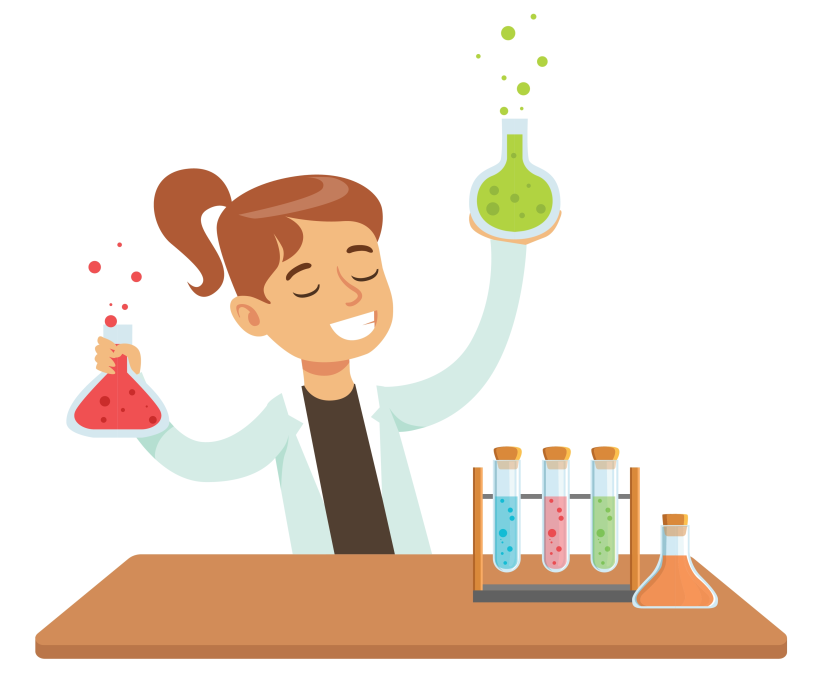Our scientists make energy and products from organic materials.

The following matching games illustrate biodiesel and bioethanol production, anaerobic digestion, and creating chemicals from biological sources). Have a go!
- Bioethanol is produced when yeasts ferment high sugar wastes, creating carbon dioxide (CO2) as a by-product
- In biodiesel production, waste fats (such as those from takeaway restaurants) are added to methanol in order to create a chemical reaction, of which glycerol is a by-product.
- It is possible to use acidogenic bacteria to break down organic wastes into volatile fatty acids (VFA’s) which can selectively be collected to create platform chemicals which can be made into products. These products include polymers which are large molecules composed of repeating sub-units, which are called biopolymers as they come from a biological source. An example of a bio-polymer is poly-lactic acid (lactic acid units ‘strung’ together using enzymes).
- In the process of anaerobic digestion, microbes (bacteria) break down organic materials to volatile fatty acids (VFA’s) in an atmosphere which excludes oxygen (anaerobic). Methanogenic (methane-creating) bacteria (archaea) turn the VFA’s into fertiliser known as digestate, methane (CH4 = natural gas) and carbon dioxide (CO2)


